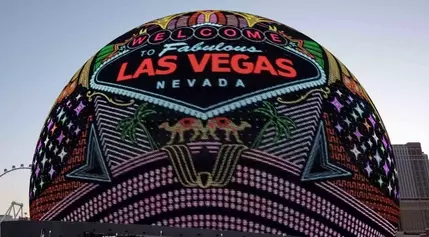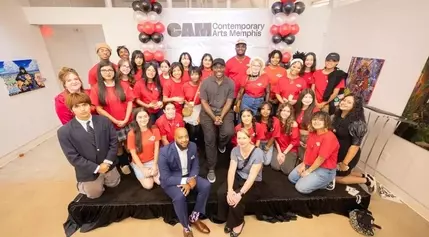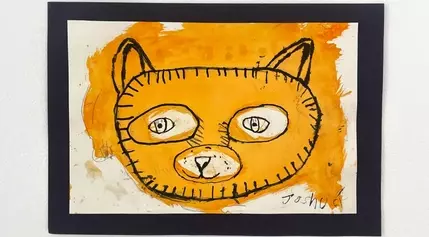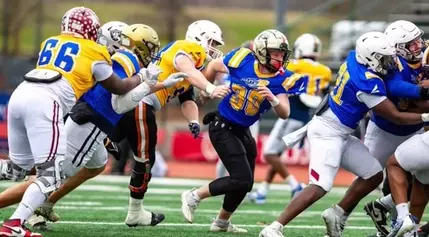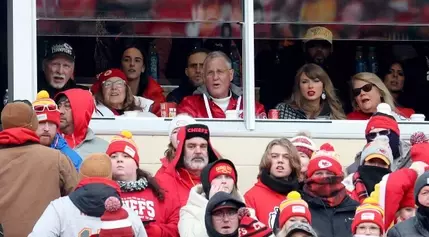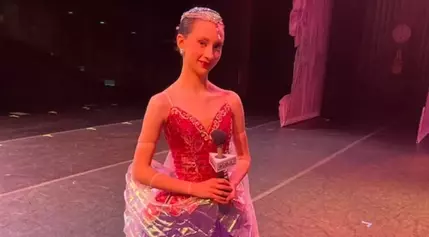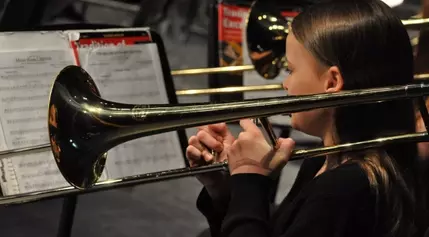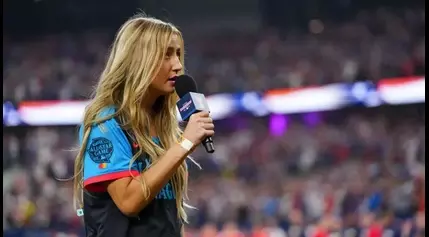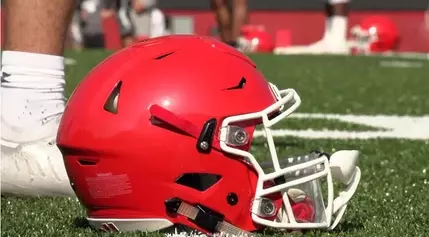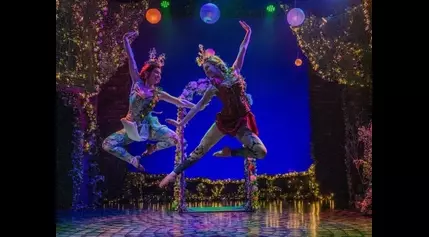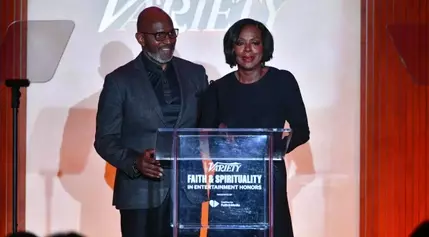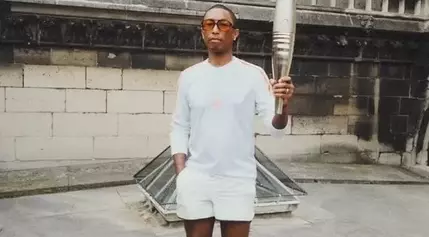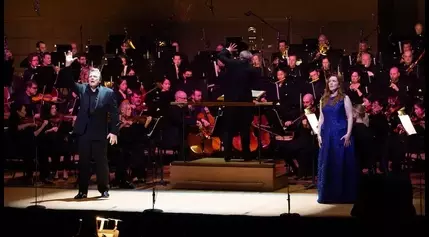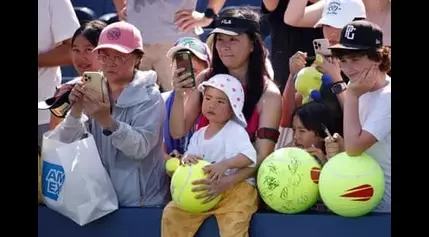
The US Open's Transformation: From Tennis Tournament to Lifestyle Destination
The US Open, once a hallmark of elite tennis competition, has evolved into a multifaceted cultural event that celebrates the sport's intersection with fashion, celebrity, and conspicuous consumption. As the tournament's focus has shifted from the pure athleticism on the court to the glitz and glamor off it, the very essence of the event has been transformed, raising questions about the role of tennis in this new paradigm.Embracing the Spectacle: The US Open's Evolving Identity
The Autograph Hoarders and the Rise of the Sideshows
The US Open has long been known for its energetic crowds and passionate fans, but in recent years, the tournament has taken on a new character. The presence of hordes of children wielding giant tennis balls, seeking autographs from players, has become a ubiquitous sight, overshadowing the actual tennis action. These "autograph hoarders," along with the cocktail fiends and commemorative towel collectors, have become the new harbingers of the tournament's identity, revealing a hunger for personal moments and mementoes that has surpassed the appetite for the sport itself.Transforming the Venue: From Gritty to Glitzy
The transformation of the Billie Jean King National Tennis Center from a gritty New York subway stop to a fancy suburban mall is a testament to the tournament's evolution. Under the leadership of former USTA boss Arlen Kantarian, the US Open has undergone a remarkable metamorphosis, cutting million-dollar winners' checks, introducing AI-based officiating, and remaking the event into a cultural jamboree to rival the Super Bowl. Kantarian's vision was to "marry innovation with tradition," but the resulting spectacle has become a city monument to conspicuous consumption and aspirational wealth, where the tennis has become almost incidental.Blurring the Boundaries: The Open's Embrace of a Jersey Diner Atmosphere
The US Open's latest move to allow crowds to flow in, out, and around venues during play is a significant departure from established etiquette. This change, which the tournament has described as a means to find the "right balance between fan experience and player experience," has transformed the event into a more casual affair, akin to a late-summer Mets MLB game at nearby Citi Field. The players may not seem to mind the potential for distraction, but purists might argue that this downgrade in decorum has robbed the tournament of its unique identity as a proper, genteel sporting event.The Rise of Tennis Couture and the Lifestyle Phenomenon
The US Open's long-standing association with New York Fashion Week has made tennis couture a must-have accessory for attendees. Fans now walk out of the Ralph Lauren store outside Arthur Ashe Stadium dressed like the ball crew members on court, waiting in line for lobster rolls while wearing "I TOLD YA" t-shirts, a nod to the Challengers, a watercooler surprise that has suffused tennis with zeitgeisty appeal. Tennis has become a full-on lifestyle, much like Formula 1 did after "Drive to Survive" and the NFL has since Taylor Swift started showing up at Chiefs games for Travis Kelce.The Influence of Brands and Influencers
The synergies between the US Open's brands and bigwigs have never been more stretched. The tournament has become a hub for corporate sponsorships and social media influencers, with the civil rights attorney Ben Crump advertising his law firm on small sponsor patches worn by US doubles star Taylor Townsend and the Czech Republic's Tomas Machac. Even the tournament's most recognizable beverage, the Honey Deuce, has become a must-have Instagram keepsake, with the plastic cup going home as a souvenir.The Irony of American Success and the Shifting Priorities
Despite the tournament's transformation into a glitzy, lifestyle-driven event, the US Open has managed to produce two American semi-finalists on the women's and men's sides, a testament to the domestic appetite for a return to the sport's golden age. However, this irony is not lost on those who lament the extent to which commerce has pushed US tennis back to the top, with the tournament's revenue contributing nearly 90% of the USTA's 1 million annual income, money that eventually trickles down to player development.The US Open's evolution has been a complex and multifaceted journey, one that has seen the tournament transform from a hallmark of elite tennis competition to a cultural destination that celebrates the sport's intersection with fashion, celebrity, and conspicuous consumption. As the tournament continues to adapt to the changing landscape of sports and entertainment, the question remains: has the US Open lost its essence, or has it simply embraced a new paradigm that reflects the shifting priorities of the modern era?New

Entertainment

Entertainment

Entertainment
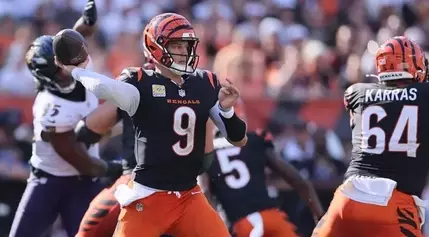
Entertainment

Entertainment

Entertainment
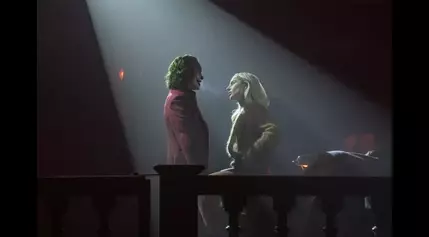
Entertainment
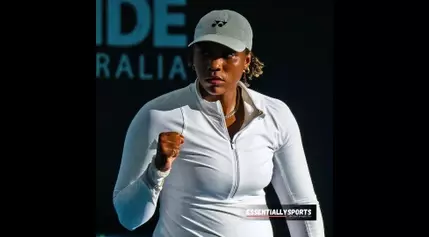
Entertainment
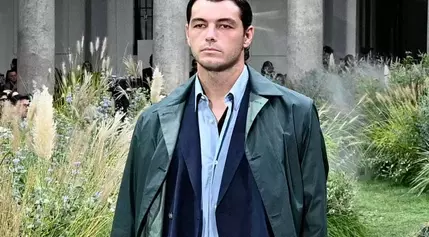
Entertainment

Entertainment
